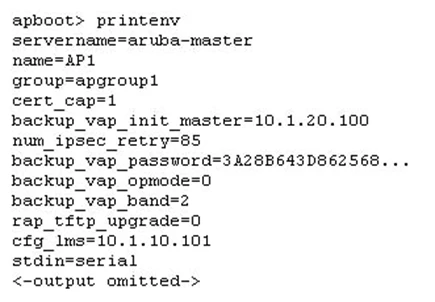Aruba Certified Mobility Professional Exam
Here you have the best HP HPE6-A71 practice exam questions
- You have 126 total questions to study from
- Each page has 5 questions, making a total of 26 pages
- You can navigate through the pages using the buttons at the bottom
- This questions were last updated on December 21, 2025
- This site is not affiliated with or endorsed by HP.
